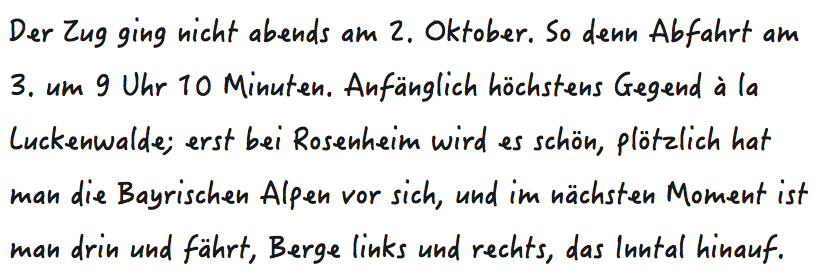
Hanzipen Sc Regular Font
Making the web more beautiful, fast, and open through great typography.
I'm using Mac OS X (Mavericks) which ships with a large selection of Asian fonts. Most of them come in two versions, labelled SC and TC. After a bit of head scratching, I realized they stand for Simplified Chinese and Traditional Chinese. Now, I'm not conversant with the finer points of the Unicode standard and how it deals with Simplified Chinese vs. Traditional Chinese. I'm sure Apple's developers have their reasons for coping with the issue by doubling up the typefaces.
What I'd like to know is, does it touch code points used in Japanese kanji? Is either of the two version preferable (or necessary) when typing Japanese?
Or do they only differ in strictly Chinese typography, so that either version is OK for Japanese? Should I avoid both and stick with fonts made specifically for Japanese, such as the Hiragino fonts? On the topic of font names, what is the meaning of the 'N' version of Hiragino fonts, as in 'Hiragino Mincho Pro' vs. 'Hiragino Mincho ProN'? First off: Not sure what you mean by 'simplified' vs 'traditional' train wreck.
Japanese is not Chinese. There is only one standard set of characters, which includes a few simplifications decided after the war (学 etc): nobody uses old-style characters in daily life. So that part is settled.
Japanese code points are overall the same as Chinese traditional ones, with many small differences (aforementioned simplifications from the 1946 kanji revision). If you want to use a Chinese font to write Japanese text, you will indeed need to use one that supports traditional characters (, btw). But in addition to the set of Japan-specific, this Chinese font is unlikely to support kana: reformed kanji would appear weird (/archaic-looking) and another font would be substituted for kana, with a less than optimal visual result. So unless you are writing a very small piece of text and there is a very specific reason you want some Chinese font, you should probably stay away from them. In conclusion: best stick with Japanese fonts for regular Japanese text. Also best not to go too much into exotic fonts unless you know exactly what you are doing.
To give you an idea, many Japanese fonts that foreigner like to use ('because they look pretty') end up feeling to a Japanese, the way Comic Sans feels to a Western designer. Hiragino is one of the most respected foundry in Japan (not the font family, btw, that'd be 'Mincho' or 'Kaku'): people used to have to purchase their fonts on the side (for large amounts of money) until Apple started packaging them in OS X, so you can't go wrong with Hiragino Mincho/Kaku (serif or sans, depending on what you are doing with it). There was a different question on Japanese typography, which in the meantime has been moved to a different site, so this question might be regarded off-topic for this site. In any case, Chinese fonts are quite different in style from Japanese fonts, even though both languages have a large overlap.

My recommendation would be to stick to fonts, which are designed for Japanese, be that Hiragino or otherwise. (I don't know how many Japanese fonts your operating system provides, but there are a handful of usable free Japanese fonts available.) I am not sure what the 'N' stands for, but it supports the relatively new JIS X 0213:2004 standard, so I guess 'N' means 'new'. (It appears though, that have changed shape in this new JIS2004 standard, so you'd probably be safe using either version.).
Tevion Stb 7017 Manual High School. The Starrett 3814 provides reliable Rockwell Hardness values on all types of metal and alloys, hard or soft, and in many shapes. This reliable bench hardness tester. The 3814 Hardness Tester provides reliable Rockwell Hardness values on all types of metal and alloys, hard or soft, and in many shapes. The rear seat removal is covered in the owner's manual on page 3-25. Here is a direct link to download a PDF Version of the owner's manual. 2003 Kia Sedona Owner's Manual. Starrett Product User Manuals. Hole Saw Application Guide - Form 958.PDF, 52743 MB. CP505E-12 Electronic Protractor User Guide - Form 970M.PDF, 4841 MB. The Starrett 3814 provides reliable Rockwell Hardness values on all types of metal and alloys, hard or soft, and in many shapes. This reliable bench hardness tester has a high quality casting, is ergonomically designed for easy operation, and is engineered to ensure accurate results. The 3814 Hardness Tester provides reliable Rockwell Hardness values on all types of metal and alloys, hard or soft, and in many shapes. This reliable bench hardness tester has a high quality casting, is ergonomically designed for easy operation and is engineered to ensure accurate results. Starrett 3814 manual.